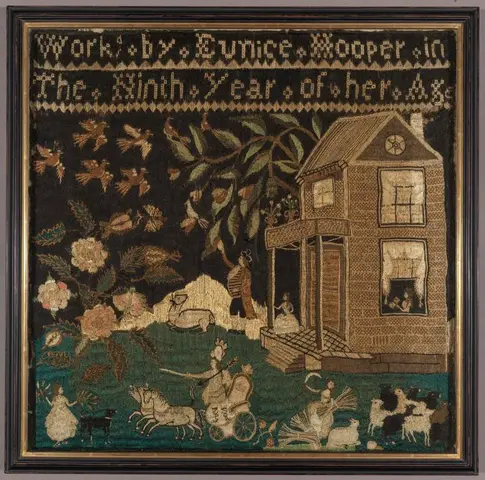Becoming America: Thinking through Identity, Culture, and Traditions in Early America
Prosperity for All?
Overview: Prosperity for All?
One of the most frequently cited statements from America’s foundational document, the Declaration of Independence, is that “We hold these truths to be self-evident, that all men are created equal, that they are endowed by their Creator with certain unalienable rights, that among these are life, liberty and the pursuit of happiness.” The idea of being born equal was a big step away from the prevailing culture in England where people had little chance of a better life if it wasn’t their birthright—the idea that you are entitled to certain privilege and power based on which family you are born into, or based on who your parents are. Thomas Paine, writing in support of independence from England in 1776, authored a pamphlet called “Common Sense.” In it, he argued that kings are not born any more deserving of wealth and power than any other man.
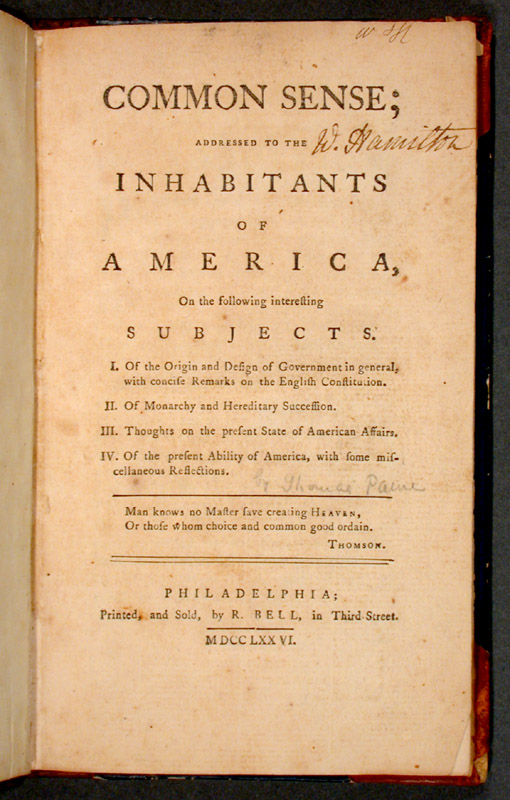
Cover image of “Common Sense,” a pamphlet authored by Thomas Paine.
This important “created equal” phrase has given many Americans hope that they can climb the ladder of success: that life is what they make it. As the nation began to evolve, grow, and develop in the nineteenth century, change was happening everywhere. As a unified nation, we were by no means equal, but we were becoming more interdependent and connected. Changes in the economy helped to spur new developments across the country and those changes also meant different experiences for everyone involved.
Many of the changes were about family life and the roles of men and women, others were about the effects of a changing economy and the role of work, and the relationship of economic development in a system of slavery. Access to education was changing the experiences of young people, especially girls. Over time these changes began to shape the ideals of success. Prosperity became linked to the idea of a “middle class” that went beyond income to focus on ways of life too.
How we demonstrate and define our ideas of prosperity can vary from person to person and changes over time. The art and objects in the Fielding Collection can help us to better understand what life was like in the past and can add insight into how people demonstrated success, prosperity, and even happiness. The continual struggle for equality, freedom, and liberty has meant more opportunities for millions more people throughout our nation’s history, and yet it seems there’s always more work to be done. What does “prosperity for all” look like in an “American” context?
Objects and activities in this unit will help you and your students explore the tension between the promise of equality and disparities in achieving success in America. Investigating each object’s origins, use, and symbolic meaning will give you new insight into the historic struggle to pursue American ideals.
Essential Questions That Frame This Unit
- How do objects and artifacts of the past shape our sense of success, prosperity, or happiness?
- What do the objects and artifacts of the past reveal about the aspirations and ideals of our nation?
Student Understandings
- The promise of equality and socio-economic mobility is a cornerstone of America's national identity.
- Changes over time led to periods of great prosperity and great poverty.
- Gaining knowledge and education have traditionally been used as a catalyst for success in America.
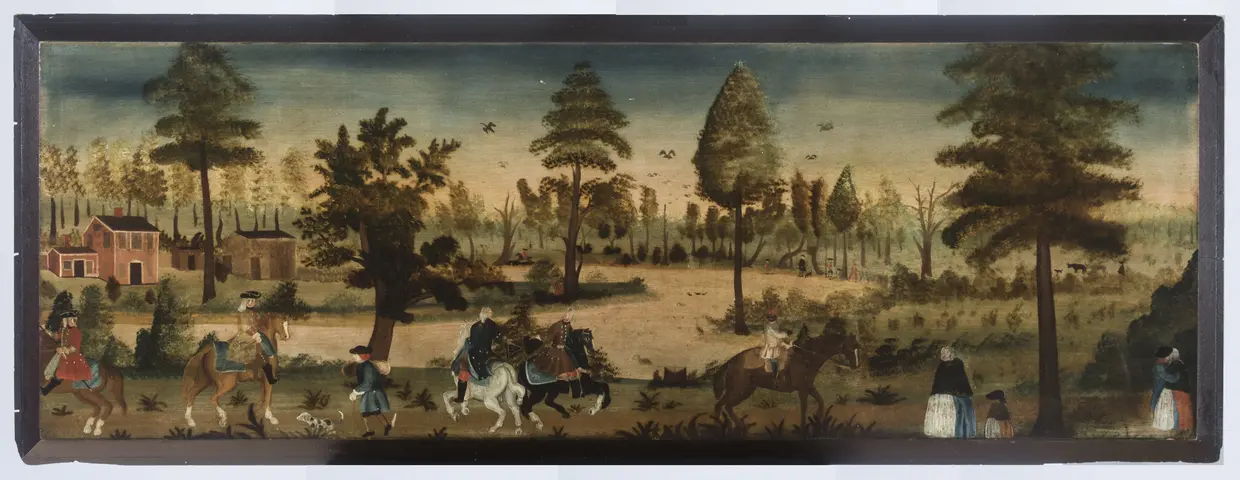
Object Story: Landscape with Riding and Walking Figures, a River, and a Village (Overmantel)
Painting made to hang over a mantle depicting various people along a pathway.

Object Story: Mary Craig Hamlen's Sampler
A needlework sampler from 1802 by Mary Craig Hamlen, age 9.
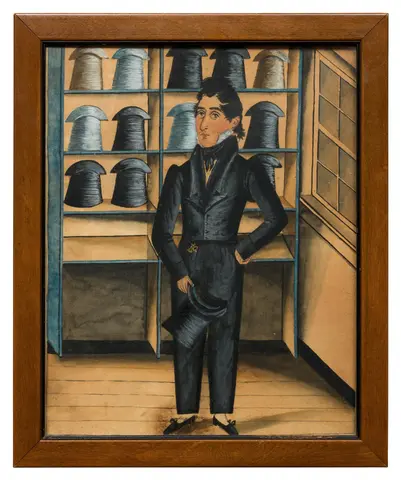
Object Story: Portrait of Hatter John Mays of Schaefferstown
Portrait of the hatter John Mays around 1830.

Object Story: High-back Windsor Armchair with Writing Arm
A popular and well-known style of chair in early American life.
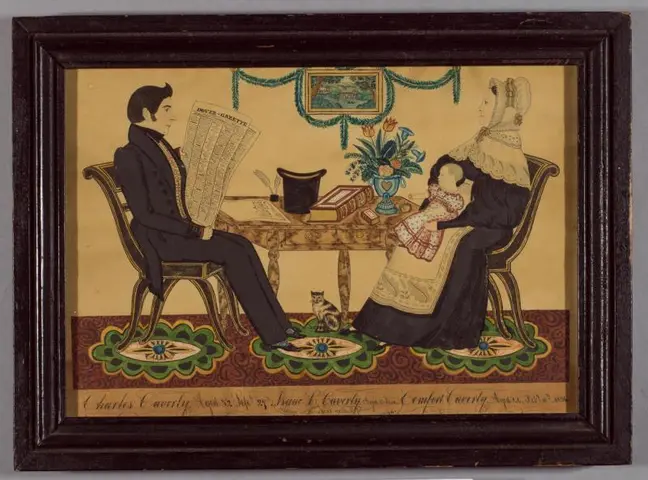
Object Story: Family Portrait of Charles and Comfort Caverly and Their Son Isaac
Portrait of the Caverly Family from 1836.
